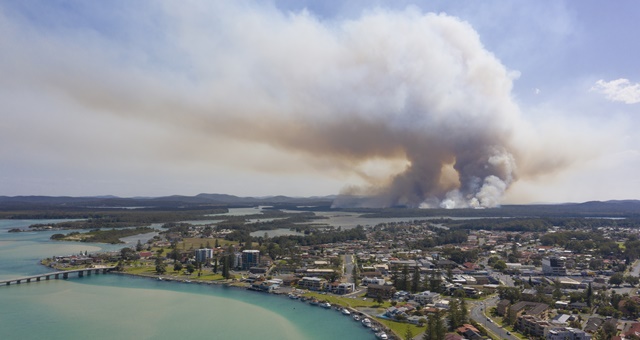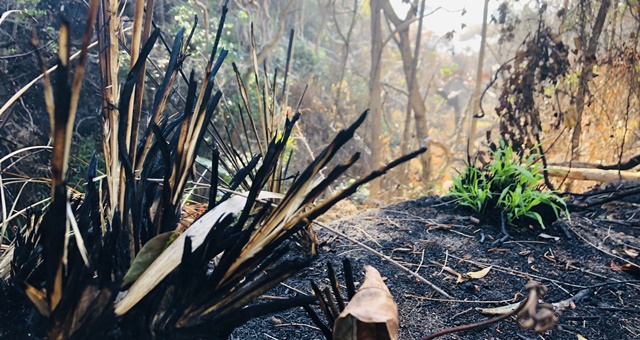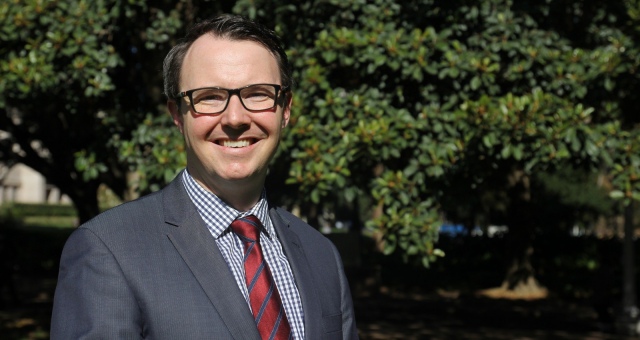
Universal praise has been directed at the Federal Government from numerous Australian tourism and accommodation advocacy bodies after the nation’s leaders unveiled a $76 million recovery package for the sector, designed to encourage visitors into Australia’s regional sector.
Labelled as the “biggest challenge in living memory” facing the industry, the funds will be directed at regional hotels, restaurants, pubs, cafes and local attractions designed to help them get back on their feet economically and provide cashflow support while respective areas recover.
The funding package will include $20m for a nationally coordinated domestic marketing initiative and $25m for similar messages to international markets to help drive visitation to affected areas. The remainder will be spent on a regional tourism events package, education for diplomatic purposes and funding to ensure the ongoing participation of affected businesses at the 2020 Australian Tourism Exchange, which will take place in Melbourne from 10-14 May.

Federal Tourism Minister, Simon Birmingham, said the key message was that Australia was very much open for business and that it was important to get people back to visiting these areas as quickly as possible.
“These bushfires have dealt the biggest reputational blow to our tourism industry that it has ever faced internationally. Losses caused by cancellations and collapsing booking numbers stretch well beyond those communities directly affected by fire into the many Australian towns that rely on international visitors to sustain tourism jobs.
“We will break from the practice of Tourism Australia exclusively focusing on international visitors and urgently kick off a local campaign because Australians are best placed to immediately understand that most of our country remains as safe to visit as ever,” the Minister added.
Backed by Tourism Australia, funding will be distributed to all states and territories affected, working not just with directly affected areas but also with neighbouring areas which may also suffer losses by proximity and association.

Accommodation Association of Australia CEO, Dean Long, led the procession of tourism bodies welcoming the government’s response, saying the package recognises the need to act immediately.
“Importantly, this funding will instil confidence and provide the tourism and accommodation industry with a platform to invite visitors back to Australia, its capital cities and regions.
“Our members will be ready with a suite of packages and offers that maximise the opportunities of this funding to invite visitors to experience the range of high-quality destinations that are open for business,” he said.

Tourism Accommodation Australia Chairman, Martin Ferguson, strongly endorsed the package, saying the government understood the gravity of the situation at hand.
“The impact on the perception of Australia as a safe, clean and attractive tourism destination is perhaps not as visible but it is very real, making it absolutely critical that the Government invests early and heavily to counter negative perceptions and misinformation.
“The National Bushfire Recovery Fund that Prime Minister Morrison and Minister Birmingham announced today is an important first step in a long term effort that will be required to ensure that the impact on Australia’s hotels is minimised,” Ferguson added.
“While Australians understand the extent of the bushfire damage and have already been keen to re-engage and support the affected areas, we need to work hard to positively influence the narrative around our global reputation as a leading tourism destination,” added Australian Tourism Export Council Managing Director, Peter Shelley.
BWH Hotel Group Managing Director Australasia, Graham Perry, commended the government for the speed at which it has committed $76 million to the bushfire recovery in regional areas.
“This is the first time I can recall where an incident with such global media attention (think 9/11 & SARS) has impacted both inbound and domestic tourism simultaneously.
“Be in no doubt this is not just about recovery of the regions and towns directly impacted, but the whole of Australia.”

